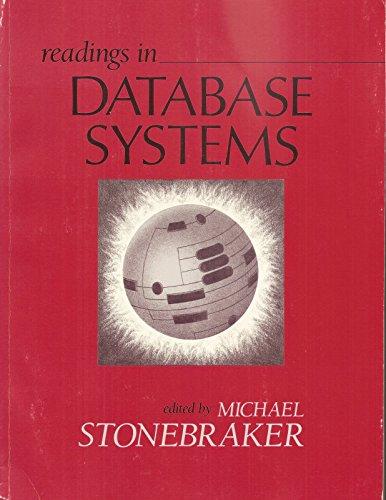Answered step by step
Verified Expert Solution
Question
1 Approved Answer
Recall that normally we assume that numbers are represented as string using the binary basis. That is , a number n is represented by the
Recall that normally we assume that numbers are represented as string using the binary basis.
That is a number n is represented by the sequence x x xlogn such that n
logn
i
xi
i
where for each i in logn xi in However, we could have used other encoding
schemes. If n in N and b then the representation of n in base b denoted by xb is
obtained as follows: first represent n as a sequence of digits in b and then
replace each digit d in b by its binary representation. The unary representation of n
denoted by n is the string n
ie a sequence of n ones
a Show that choosing a different base of representation will make no difference to the
class P That is show that for every subset S of the natural numbers, if we define
L
b
S nb : n in S then for every b L
b
S in P L
S in P
Step by Step Solution
There are 3 Steps involved in it
Step: 1

Get Instant Access to Expert-Tailored Solutions
See step-by-step solutions with expert insights and AI powered tools for academic success
Step: 2

Step: 3

Ace Your Homework with AI
Get the answers you need in no time with our AI-driven, step-by-step assistance
Get Started


